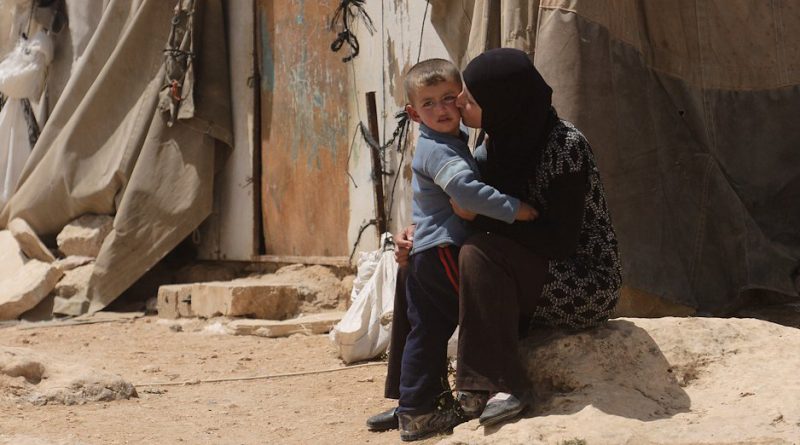Now Reading: SC on Matrimonial disputes: No video conferencing in transfer petitions
-
01
SC on Matrimonial disputes: No video conferencing in transfer petitions
SC on Matrimonial disputes: No video conferencing in transfer petitions
In a landmark judgment of Krishna Veni Nagam v. Harish Nagam, the Supreme Court with a 2:1 majority has issued guidelines providing an alternative to seeking transfer of proceedings on account of the inability of a party to contest proceedings at a place away from their ordinary residence.
The court has left it open to the transferee court to conduct proceedings or record evidence of witnesses who are unable to appear before it by way of video conferencing.
Now, the Supreme Court noted that the spatial distance while conducting settlement through video conferencing will negate the possibility of reconciliation as the Family court judge will not be in position to interact with the parties in a manner as the law commands.
Further, Section 11 of the Family Courts Act, 1984 which mandates the proceedings to be held in camera if one of the party so desires. The procedure of video conferencing which is to be adopted when one party gives consent is contrary to Section 11 of the Act.
The court explained, “here is no provision that the matter can be dealt with by the Family Court Judge by taking recourse to videoconferencing. When a matter is not transferred and settlement proceedings take place which is in the nature of reconciliation, it will be well nigh impossible to bridge the gap. What one party can communicate with other, if they are left alone for sometime, is not possible in video conferencing and if possible, it is very doubtful whether the emotional bond can be established in a virtual meeting during videoconferencing. Videoconferencing may create a dent in the process of settlement.
When most of the time, a case is filed for transfer relating to matrimonial disputes governed by the 1984 Act, the statutory right of a woman cannot be nullified by taking route to technological advancement and destroying her right under a law, more so, when it relates to family matters. In our considered opinion, dignity of women is sustained and put on a higher pedestal if her choice is respected.That will be in consonance with Article 15(3) of the Constitution.”
The Apex Court held, in view of the scheme of the 1984 Act and in particular Section 11, the hearing of matrimonial disputes may have to be conducted in camera. After the settlement fails and when a joint application is filed or both the parties file their respective consent memorandum for hearing of the case through video conferencing before the concerned Family Court, it may exercise the discretion to allow the said prayer.
After the settlement fails, if the Family Court feels it appropriate having regard to the facts and circumstances of the case that video conferencing will sub-serve the cause of justice, it may so direct. In a transfer petition, video conferencing cannot be directed. Our directions shall apply prospectively. The decision in Krishna Veni Nagam (supra) is overruled to the aforesaid extent”
Justice Chandrachud however dissented and was of the view of that the legislation has enabling provisions which are sufficiently broad to allow video conferencing. In such a scenario, confining it to the stage after the settlement process “will seriously impede access to justice.”








